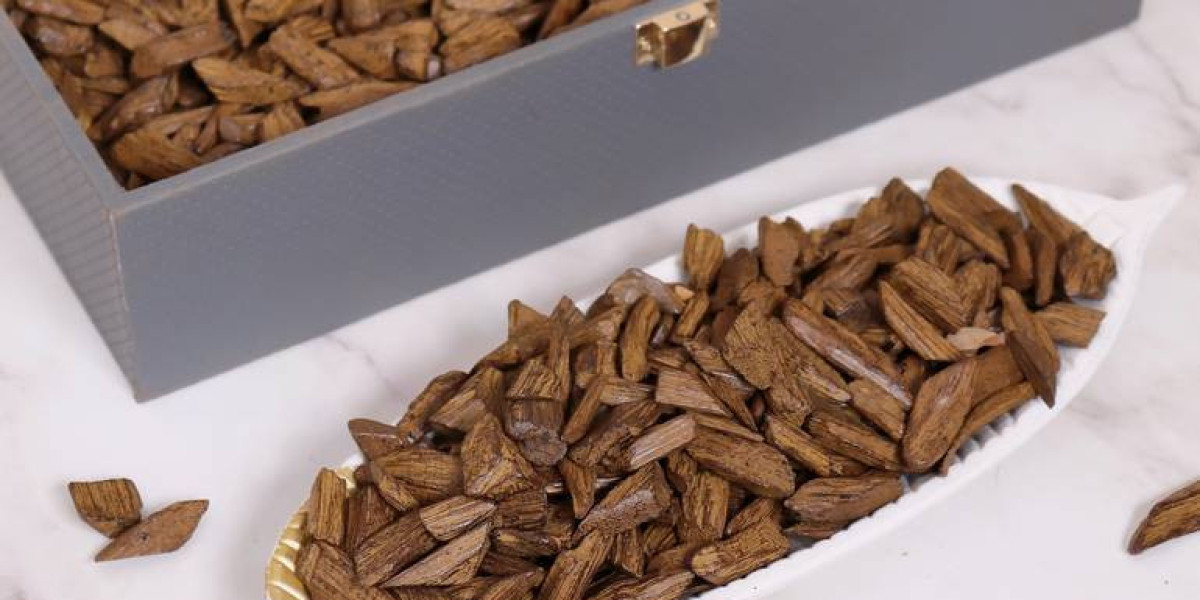For centuries, incense has filled sacred spaces, homes, and meditation practices with its captivating scents. More than just a pleasant aroma, incense holds cultural significance and therapeutic potential. But have you ever wondered how these fragrant sticks come to be? Let's delve into the fascinating world of incense manufacturing, a process steeped in tradition and infused with modern advancements.
From Raw Material to Aromatic Bliss:
Nature's Bounty: The journey begins with a diverse selection of raw materials. Resins like frankincense and myrrh, fragrant woods like sandalwood and cedar, and even flowers and spices contribute their unique aromatic profiles.
Ancient Wisdom, Modern Techniques: Traditional methods involve grinding and blending ingredients using mortars and pestles, while modern manufacturers utilize advanced machinery for precise mixing and consistency.
The Binding Force: Natural gums like Arabic gum or Tragacanth act as binders, holding the fragrant powder together and allowing it to burn slowly.
Shaping the Fragrance: The mixture is then shaped into various forms depending on the desired type of incense. Sticks are rolled by hand or extruded through machines, while cones and coils require specialized molds.
Drying and Curing: The shaped incense undergoes a drying and curing process, allowing the fragrance to mature and the incense to harden for optimal burning.
Aromatic Alchemy: Beyond the Basics:
Beyond Traditional Methods: Some manufacturers incorporate essential oils or synthetic aroma compounds to achieve specific scents or enhance existing notes.
Cultural Influences: Regional variations exist, with Indian agarbattis using charcoal for a faster burn and Tibetan incense sticks often containing medicinal herbs.
Ethical Sourcing: Responsible sourcing of raw materials is crucial, ensuring sustainability and fair trade practices are upheld.
A Glimpse into the Future:
Sustainable Innovations: Manufacturers are exploring the use of recycled materials and renewable resources for binders and packaging.
Technological Advancements: Automation and advanced drying techniques are being implemented to streamline production and minimize environmental impact.
Personalized Scents: Customization through fragrance blending and the use of essential oils might offer consumers more tailored incense experiences.
Unveiling the Secrets:
Visit traditional incense workshops and modern manufacturing facilities to witness the process firsthand.
Interview artisans and perfumers to gain insights into their craft and the challenges they face.
Explore the cultural significance of incense in different parts of the world.
By delving into the intricate steps, cultural influences, and future innovations in incense manufacturing, you can create a captivating piece that unveils the secrets behind this ancient art form. Remember, your exploration can be tailored to your specific interests and audience, offering a glimpse into the fragrant alchemy that transforms raw materials into aromatic experiences.
source:دهن العود والورود








